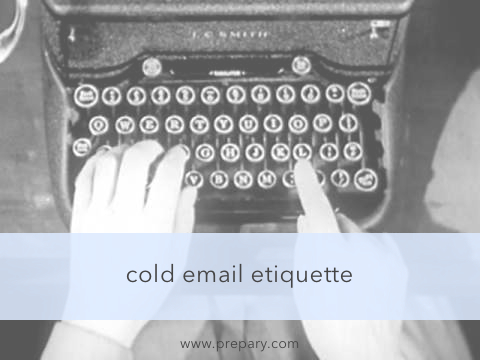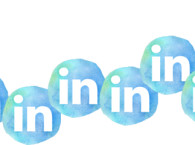As a job seeker, it makes sense to give yourself every possible advantage when it comes to getting your resume seen. Applying online is the first step in expressing interest in a job, but it doesn’t end there.
A well-crafted, well-executed cold email (aka: an email to someone who works at your dream company, who you don’t know) can be very, very helpful.
However, when it comes to this type of outreach, there’s a fine line between appropriate outreach and inappropriate spam email… this post about cold email etiquette will help you stay on the right side of that line (read this post about how to write a strong cold email as well).
1. No mass emailing
Sending cold emails isn’t about throwing spaghetti at the wall and seeing what sticks. I can tell you first hand that it doesn’t go over well when you and your entire team get the same exact cold email, at the exact same time (and you’re all sitting next to each other). It makes it seem like there was no thought put into the outreach, and usually guarantees a mass deletion.
When you are thinking about sending a cold email, you want to think about the right person to reach out to, and then customize your note to them directly. Maybe they are an alum of your school, maybe they are the person who runs the team you are applying to… either way, leverage what you know about their role or background to personally connect.
2. Approach respectfully
Let’s be honest… you’re emailing a total stranger who owes you absolutely nothing. Approaching respectfully is key. Acknowledge that you are emailing out of the blue and you appreciate the person even taking the time to read your note and take a look at your info.
3. Use this tactic if the job is a realistic fit for you
You don’t get to email strangers as many times as you want (at least not successfully) so consider this cold email a half court shot in a sense. Basically, use it wisely when the right job comes along that you are truly qualified for. If you use this over and over again for jobs that you aren’t qualified for, your emails won’t be taken seriously and it may actually work against you.
4. Set your expectations – some people will respond, some won’t
If your resume is great for the role and your cold email went to someone close to the recruiting process, they probably will respond. If not (or if they are no longer looking or lots of other reasons) you may not hear back.
Sending a bitter follow up demanding a response probably won’t get you the outcome you are looking for. Again, you’re reaching out to a total stranger, so many times you’re not going to get a response. Sending cold emails is about increasing your odds – not necessarily getting a great result 100% of the time.
5. If you don’t get a response, try someone else
If you don’t get a response, pick someone new within the company to email versus following up. If you tried someone in the department you’re applying to the first time around, try someone on the recruiting team next. I’d say after 2-3 tries of reaching out, it’s time to move on.
When used effectively, a cold email might even help you get your foot in the door. When abused, it could land you on a do not hire list. For more information about what to write in a cold email, check out this post.






